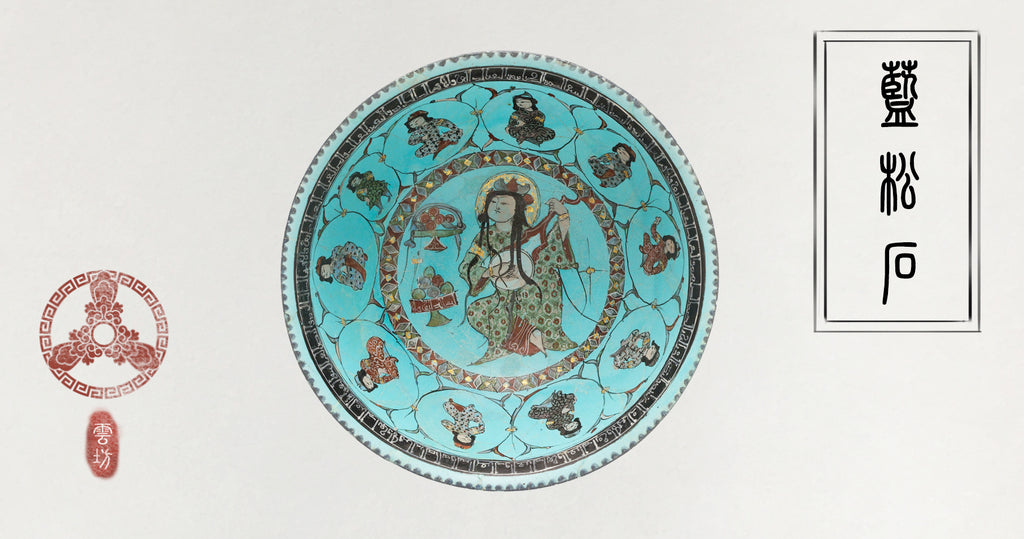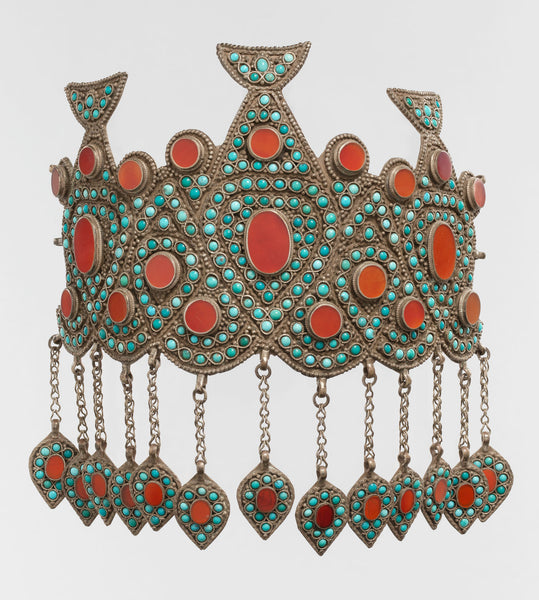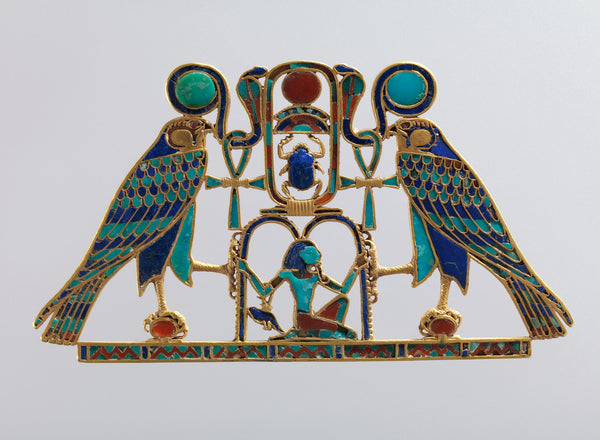8% off orders over $100, 15% off orders over $150, 20% off orders over $300.
Menu
-
- Specials
-
Types
-
Symbols
- Auspicious Cloud | Heaven
- Lotus | Purity & Elevation
- Phoenix | Rebirth and Fidelity
- The Nine | Eternity and Completeness
- Bamboo | Strength and Resilience
- Ruyi | Wish Fulfillment
- Moon | Mystery & Elegance
- Herbal Locket | Hidden Protection
- Tassel | Elegant Charm
- Butterfly and Flower | Love
- Plum Blossom | Endurance and Resilience
- Chinese Knot | Harmony, Tradition, Legacy
- Pumpkin | Prosperity & Abundance
- Pipa | Celestial Music
- Hulu Gourd | Protection and Prosperity
- Fish | Prosperity
-
Collections
- Atlantis
- Revive Your Inner Kingdom
- Auspicious Origin
- Auspicious Flower
- Udumbara Flower
- Return to Origin
- Celestial Cloud
- Elf Forest
- Gold Lotus
- Serene Lotus
- Pearl Elegance
- Radiance
- Metropolis Hermit
- The Nine
- Moon Goddess
- Tassel Elegance
- Chic Velvet Choker
- The Cloud
- Lotus Leaf
- Realm of Peace
- Four Season
-
Craftsmanship
-
Gemstones
- Pearl | Purity and Wisdom
- Jade | Stone of Heaven
- Turquoise | Protection and Healing
- Tridacna | Realm of Peace
- Lapis | Truth and Enlightenment
- Rose Quartz|Love, Healing, Compassion
- Amethyst | Clarity and Tranquility
- Amber | Vitality and Protection
- Carnelian | Courage and Vitality
- Coral | Protection and Prosperity
- Tourmaline | Energy and Balance
- Crystal | Healing and Clarity
-
Birthstone
-
Style
-
Price
-
- Jewelry Set
- Necklaces
- Earrings
- Bracelets
- Hair Jewelry
- Glasses Chains
- Rings
- Anklets
- Ornaments
- Login
-
English

8% off orders over $100, 15% off orders over $150, 20% off orders over $300.
Turquoise: Precious Treasure in Global Culture
July 08, 2016 2 min read

The color of rivers flowing in central Asia, genuine turquoise is both rare and stunning. Turquoise is one of the oldest gemstones in the world. It was treated as precious treasure in ancient times, and to this day remains a popular amulet believed to have divine energy.
Turquoise in Tibetan Culture
Turquoise was used on the crown of the first Tibetan king, it was used as a tribute to pay respect to the gods, and it was also used as a gift from Tibetan Kings to high level Lamas. Turquoise beads are also an important feature of Tibetan prayer beads.
Tibetan people believe that turquoise ornaments can bring protection to travelers and warriors. They wear necklaces with a special turquoise stone which they believe connects to their soul. It is said that the Tibetan king forbade his citizens from throwing any turquoise stone into the river, as it may separate the soul from the body, putting that person’s life at risk. In Southern Tibet, women wear turquoise in their hair to promote the long life of their husbands. Thus not wearing turquoise is considered offensive to one’s husband.

Turquoise in Global Cultures
In Iranian architecture, turquoise was used to cover the domes of exquisite palaces, in particular because its intense blue colour was considered to be a symbol of heaven on earth.
Indian people consider turquoise to be a stone of heaven because of its similarity to the blue sky. Sky is where the air comes from, so Indians believe that turquoise has a healing effect on the lungs and on the respiratory system, as well as being good for the eyes.

Because turquoise has been exported to European countries through Turkey, which is the start and finish of the Silk Road, so it received another nickname - Turkey Stone.
In its finer grades turquoise is rare and valuable, and for thousands of years it has been prized as a gem and as an ornamental stone. Turquoise was among the first gems to be mined, and while many historic sites have been depleted, some are still working to this day.
Imitation and Treatment
The Egyptians were the first to produce an artificial imitation of turquoise, in the glazed earthenware product known as faience.

The most common imitation of turquoise encountered today is dyed howlite and magnesite, both white in their natural states, with the former also having natural (and convincing) black veining similar to that of turquoise.
Turquoise can be treated to enhance both its colour and durability. As is so often the case with precious stones, full disclosure about treatment is frequently not given. It is therefore left to gemologists to detect these treatments in suspect stones using a variety of testing methods—some of which are necessarily destructive. For example, the use of a heated probe applied to an inconspicuous spot will certainly reveal oil, wax, or plastic treatment.
This article is part of the Divine Land Gemstone Compendium, a weekly series by Yun Boutique exploring the gemstones of ancient China and their significance to Chinese culture. See the full series here. Subscribe to the email newsletter to receive future installments.
Edited by James Poulter. Researched by Ariel Tian.
Leave a comment
Subscribe
Sign up to get the latest on sales, new releases and more …

